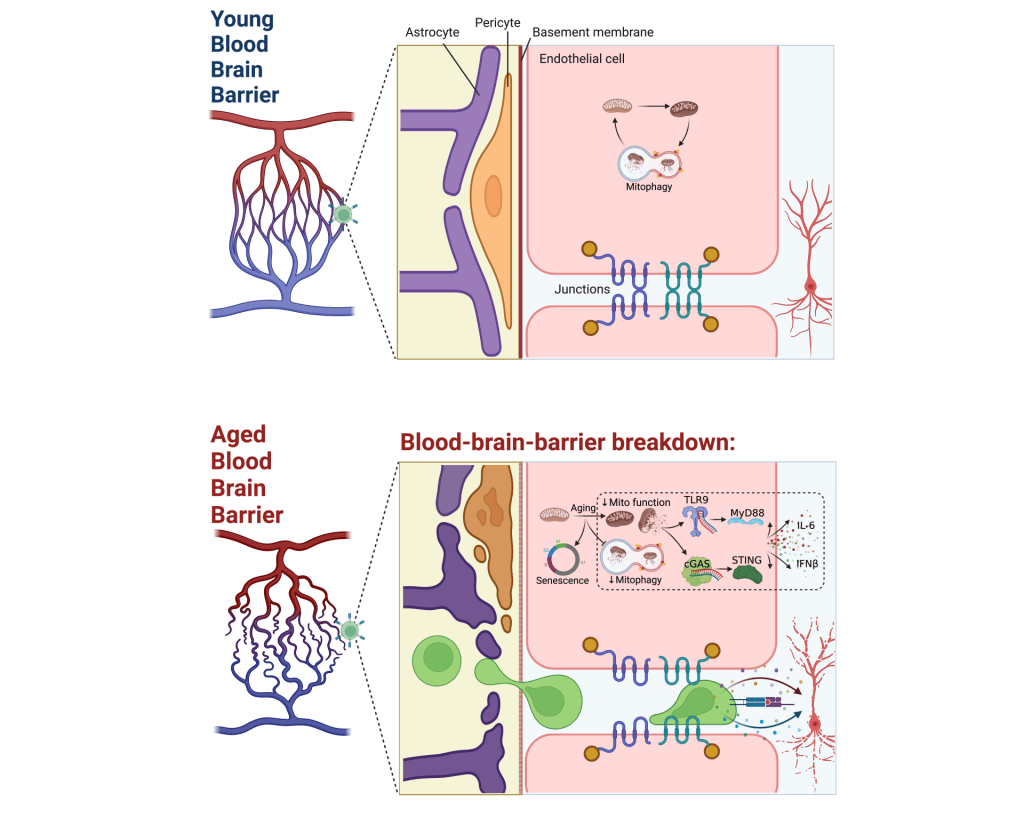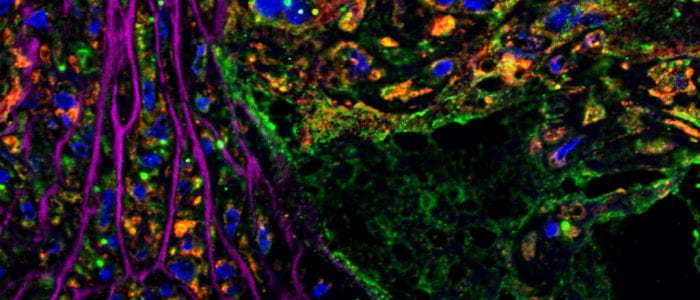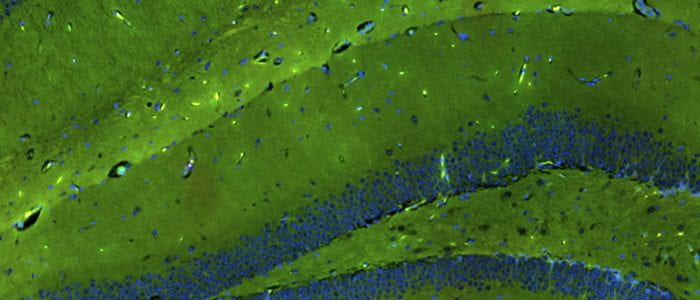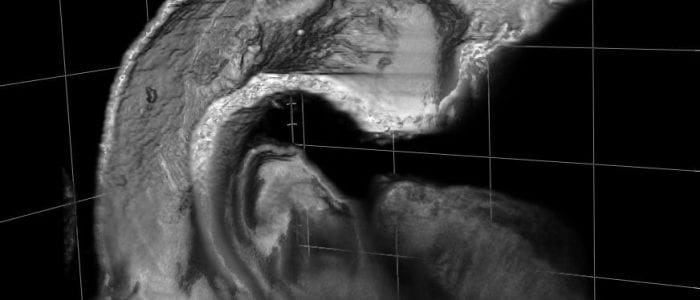Check out our research through images here
Our lab focus:
Over the last century, human median lifespan has increased due to reducing infant mortality and significant advancement in treating and preventing disease. Now, the global population is collectively getting older, and with that comes greater burden of chronic and age-related diseases. Age is the strongest clinical risk factor for nearly all chronic diseases (obesity, diabetes, cardiovascular disease, neurodegenerative disease, cancers). We know that there are significant biological changes that occur in nearly every tissue- and cell-type as we age. Despite this, most preclinical models of disease (mice and rats) are used at young ages. In our lab, we use old and young mice to uncover aging-specific disease mechanisms. We are particularly interested in the aging vasculature and aging immune system, and we really like mitochondria and T cells!
We are interested in studying how the age-related vascular changes impact the arteries in systemic circulation and the blood-brain barrier leading to development of atherosclerosis and neurodegeneration. Atherosclerosis is the underlying pathology for heart attacks and strokes which are the #1 and #2 leading causes of death worldwide. Failure of the blood-brain-barrier impairs delivery of critical substrates to neurons and clearance of waste products in the brain, which leads to a poor neurovascular microenvironment and neurodegeneration in dementia and Alzheimers disease.
We are also interested in T cells and how they impact atherosclerosis and neurodegeneration. T cells change dramatically during aging with a significant reduction in the number of naive T cells due to loss of thymic tissue and an increase in effector, memory, and exhausted T cells. T cells are involved in atherosclerosis; however, the function of each sub-population of T cells still unclear, especially in older animals and people. The brain is an immune privileged organ, which means most peripheral immune cells are excluded from it; however, T cells may take advantage of the leakier blood-brain-barrier associated with aging to infiltrate the brain and contribute to neurodegeneration. If you’re interested in working with us, please take a look at some of the projects listed below and get in touch!
Overview:

Project 1: Aging, atherosclerosis, and T cells
Techniques used:
- Molecular biology (western blot, qPCR, ELISA)
- Immunofluorescence imaging (confocal microscopy)
- Flow cytometry/sorting
- Tissue-specific conditional knockout models
- AAV vectors for genetic manipulation
- Single-cell RNA sequencing/TCR-seq
- Proteomics Bioinformatics
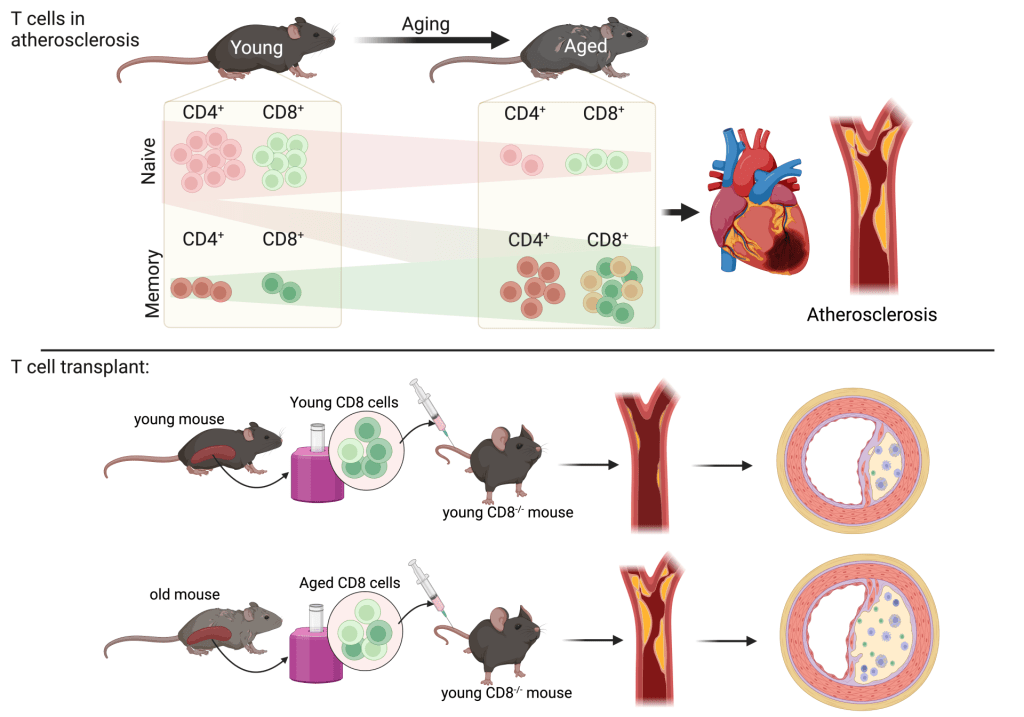
Project 2: Blood-brain barrier breakdown in aging/ dementia
Techniques used:
- Molecular biology (western blot, qPCR, ELISA)
- Immunofluorescence imaging (confocal microscopy)
- Tissue-specific conditional knockout models
- Microsurgical models of disease
- Spatial-omics (Visium spatial transcriptomics)
- Bioinformatics
Project 3: T cell contribution to brain aging
Techniques used:
- Molecular biology (western blot, qPCR, ELISA)
- Tissue-specific conditional knockout models
- Flow cytometry/sorting
- Immune cell adoptive transfer
- Microsurgical models of disease
- Single-cell RNA sequencing/ TCR-seq
- Spatial-omics (Visium spatial transcriptomics)
- Bioinformatics
